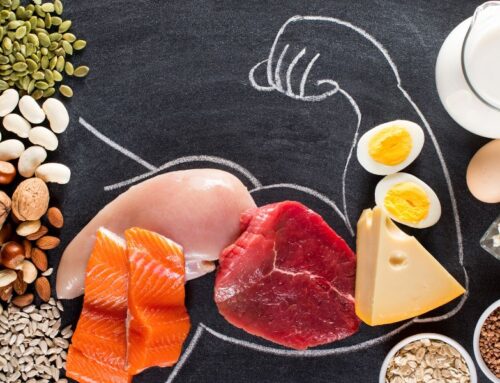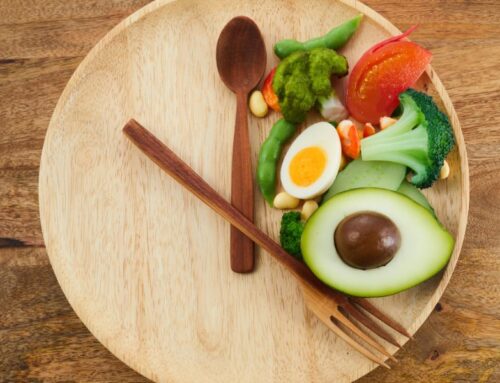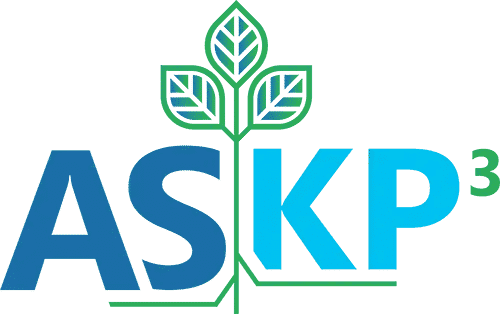July 31, 2025
Part 7: Putting It All Together – Your Personalized Weight Optimization Strategy
You’ve just taken in a lot of science-backed information, and that’s something to be proud of. But knowledge doesn’t lead to change unless it becomes actionable.
This final section is about bridging the gap between understanding and implementation. It’s where the rubber meets the road — and where your habits, environment, mindset, and strategy come together to create sustainable success.
Step 1: Clean Up Your Foundation For Sustainable Weight Loss
If you haven’t already, begin by creating an environment that supports your goals. This includes more than just food — it’s your tools, your schedule, and even your social influences.
Make it easier to succeed by preparing in advance:
- Replace plastic food containers with glass or stainless steel
- Get a quality water bottle and a cooler or lunch bag for meals on the go
- Clear your kitchen of ultra-processed, high-sugar “snack” foods
- Stock real, whole-food staples: proteins, produce, healthy fats, fiber-rich foods
- Get a food scale, measuring cups, or whatever helps you dial in awareness without guilt
You don’t need to be perfect, but you do need to set yourself up to win.
Step 2: Build Your Weekly Plan For Metabolic Health
Everyone’s schedule and rhythm are different. The goal isn’t to follow a rigid protocol — it’s to match your unique physiology and lifestyle with the strategies we’ve covered.
How to Structure Your Weekly Nutrition & Movement Plan
Start by anchoring your week around three simple decisions:
- Fasting Windows – Which days (or how many days) will you delay your first meal or stop eating earlier?
- Feeding Days – When will you have fuller meals, refeed with healthy carbs, or include more calories to prevent adaptation?
- Shopping, Prep, and Recovery – What day will you restock groceries? Which day will be lighter or more focused on rest and repair?
From there, decide where you’ll place:
- Strength training (2–3 times/week)
- Zone 2 aerobic activity or walking (daily if possible)
- Meal prep, protein shakes, EAA dosing, or mindful movement
- When you won’t eat (and give your body a chance to rest and repair)
This kind of pre-planning builds rhythm and accountability, without rigidity.
Step 3: Pick Your “Go-To” Healthy Snacks and Meal Options
Some days will go exactly as planned. Others won’t. That’s why it’s helpful to decide — in advance — which snacks or fallback meals are both safe and satisfying.
Weight-Loss Friendly Snack Ideas That Support Your Goals
Snack ideas that won’t sabotage your goals:
- Hard-boiled eggs
- Greek yogurt (unsweetened)
- Beef jerky or grass-fed meat sticks
- Almonds or macadamia nuts (small portion)
- Cucumber slices with hummus or guacamole
- Protein shake or collagen coffee
- EAA supplement with sparkling water and lemon
Snacks aren’t required. But if you’re going to reach for one, choose one that stabilizes, not spikes.
Step 4: Adopt The Right Mindset For Long-Term Weight Optimization
This might be the most important part of all. Weight loss is rarely linear. You’ll plateau. You’ll feel discouraged. You’ll have great days — and days that feel like setbacks.
That’s why we encourage a mindset shift: move away from the idea of “going on a diet” and toward the idea of becoming the kind of person who lives differently. Not perfectly — just differently.
This is about identity, not willpower. When you begin to see yourself as someone who protects their health, nourishes their body, and learns from challenges, your actions start to align automatically. You don’t have to “try harder” — you just become more consistent with less effort over time.
Key Reflection Questions To Support a Weight Loss Mindset Shift
Here are a few questions we recommend sitting with:
- “What identity am I stepping into?”
- “What does that version of me do daily, even on hard days?”
- “How can I make those actions easier and more automatic in my current life?”
We also encourage you to observe your patterns with compassion. Instead of reacting with guilt when things don’t go as planned, ask: What happened? What triggered me? What would I do differently next time?
Curiosity leads to growth. Criticism shuts it down.
If this resonates with you, we strongly suggest reading our companion guide, “The Power of Habits: How to Build the Identity That Lasts” — designed to help you build the daily systems and self-concept that make change stick.
Step 5: Know When to Ask For Professional Weight Loss Support
Even with the best plan, some people hit a wall. That’s not failure — that’s a signal to troubleshoot with support.
When to Seek Help From a Functional Medicine or Metabolic Specialist
You might benefit from professional guidance if:
- You’re doing the right things, but still not losing fat
- You’ve lost weight but feel weak, depleted, or inflamed
- You struggle with appetite dysregulation or binge eating
- Your lab values suggest insulin resistance, high triglycerides, or inflammation
- You’re overwhelmed and unsure where to start
At WellCentric Health, we walk with our clients through these phases — identifying root causes, personalizing nutrition, balancing hormones, and protecting the muscle that matters.
For some, this guide is all you need. For others, it’s just the beginning. Either way, we’re here if and when you need us.
Your Final Thought: Turn Insight Into Action
No one transforms through information alone. Real change comes from aligned action — day after day, meal after meal, decision after decision.
But now you know more about your physiology. You’ve learned how insulin, inflammation, muscle, satiety hormones, hydration, toxins, and daily habits intersect. You’ve seen how your body actually works — and how to work with it instead of against it.
Now it’s your move.






